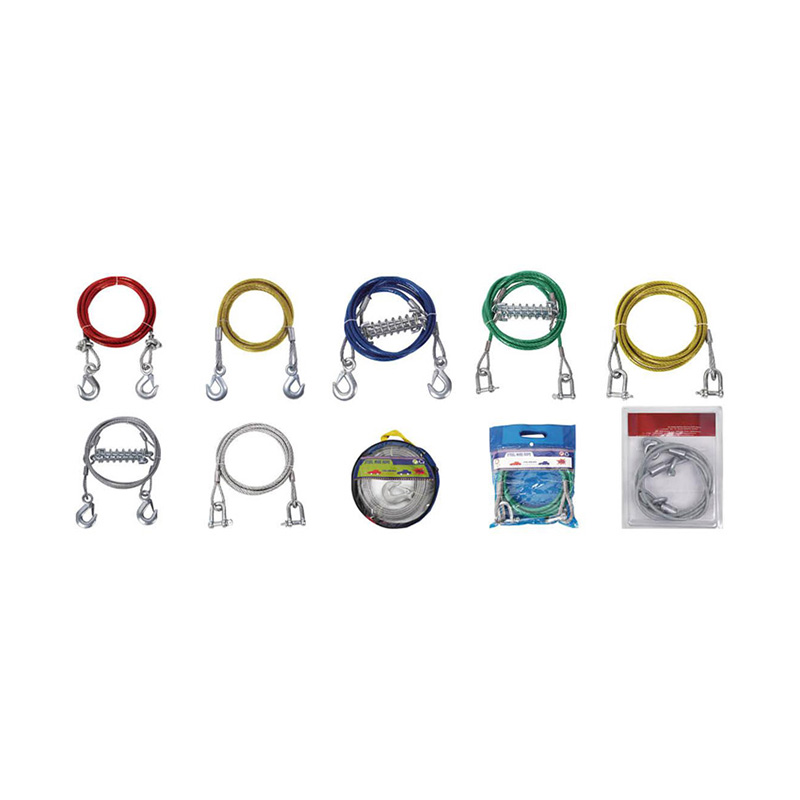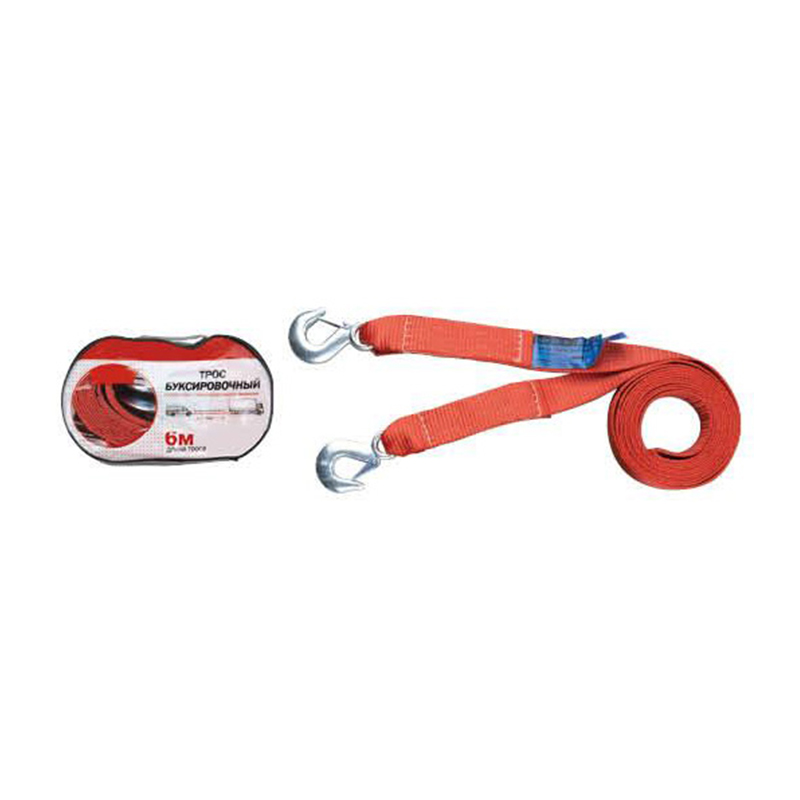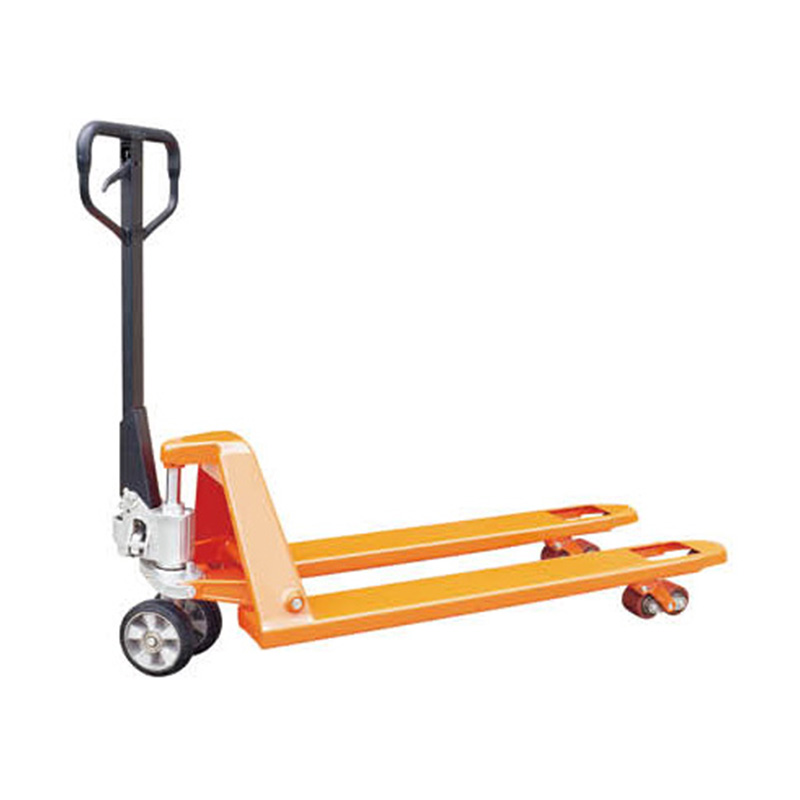Search by posts
Product category
Industry News
 By Admin
By Admin
How Does Ratchet Lashing Ensure Safe and Reliable Cargo Securing?
What Is Ratchet Lashing and How Does It Work?
Definition and Basic Function
Ratchet lashing is a secure and efficient method of tying down cargo for transportation. It utilizes a combination of a ratchet mechanism, webbing straps, and hooks to create a tensioned system that prevents loads from shifting or moving during transit. The ratchet mechanism is designed to tighten the webbing around the cargo, keeping it firmly in place. By simply turning the ratchet handle, tension is applied to the straps, ensuring the load is secured tightly. This system is commonly used in shipping, trucking, construction, and warehousing to secure everything from small packages to large, heavy machinery.
Key Components: Ratchet, Webbing, Hooks
The main components of a ratchet lashing system are:
Ratchet: The ratchet itself is a mechanical device that allows the user to apply tension to the webbing. It typically has a handle that can be turned to tighten the webbing. Once the desired tension is reached, the ratchet locks into place, preventing the load from loosening.
Webbing: This is the strap material used to secure the load. Typically made of durable synthetic fabrics like polyester or nylon, webbing is chosen for its high strength-to-weight ratio, ensuring it can handle substantial loads without breaking. It is available in various widths and lengths depending on the requirements of the cargo.
Hooks: Hooks are used to attach the webbing to secure points on the cargo or vehicle. These hooks are often designed with safety in mind, ensuring they do not slip off the tie-down points during transportation. They are usually made of strong metals such as steel or zinc-coated for added durability and resistance to corrosion.
When these components work together, they form a reliable and efficient system for securing cargo of all sizes, ensuring safety and reducing the risk of accidents caused by shifting loads.
Why Is Ratchet Lashing Essential for Cargo Transportation?
Preventing Load Shifts and Accidents
Ratchet lashing plays a critical role in preventing the shifting of loads during transportation, which is a leading cause of accidents and cargo damage. As vehicles travel, the movement and vibrations from the road can cause unsecured items to shift, potentially leading to dangerous situations such as road accidents, cargo spills, or damage to the goods. By securely fastening the load with ratchet lashing, these risks are minimized, as the system ensures the cargo remains firmly in place.
The tensioned webbing provided by ratchet lashing absorbs the shocks and vibrations that naturally occur during transport, preventing the cargo from sliding, tilting, or tipping over. This not only protects the safety of the vehicle and its driver but also reduces the likelihood of damage to the goods being transported, ultimately ensuring that both people and products reach their destination safely.
Meeting International Safety Standards
In many industries, securing cargo with ratchet lashing is not just a best practice; it's a legal requirement. Various international safety standards, such as the International Maritime Organization (IMO) guidelines for maritime shipping, and ISO 9001 for logistics and transportation, stipulate that cargo must be securely fastened to avoid accidents or cargo losses. Ratchet lashing systems meet these stringent safety standards by providing reliable, consistent, and adjustable tensioning that is needed to ensure that the load remains stable throughout its journey.
Additionally, the ease of use and reliability of ratchet lashing makes it a preferred method of securing goods in both domestic and international transportation, ensuring compliance with safety regulations across different transportation modes, including road, air, and sea.
How Durable and Versatile Is Ratchet Lashing?
Material Strength and Long Service Life
Ratchet lashing is designed to be highly durable and capable of withstanding the forces exerted during transportation. The webbing is typically made from strong, synthetic materials like polyester, which offers superior strength while being resistant to abrasion, UV rays, and moisture. These properties make ratchet lashing ideal for use in a variety of environmental conditions, from dry conditions in warehouses to wet, salty conditions in maritime transport.
In addition to the webbing, the ratchet mechanism itself is made from durable metals, often corrosion-resistant steel or zinc-plated components, ensuring the system remains functional even after prolonged use. The combination of strong materials and high-quality construction ensures that ratchet lashing systems have a long service life, requiring minimal maintenance and providing long-term value for businesses that rely on secure cargo transportation.
Applications in Logistics, Shipping, and Construction
Ratchet lashing is used extensively across several industries, including logistics, shipping, and construction, where it provides an efficient way to secure cargo. In logistics, ratchet lashing is commonly used to secure goods on trucks, containers, and pallets. It is especially important when transporting bulky, heavy, or fragile items that require extra care during transit.
In shipping, especially for sea freight, ratchet lashing systems are employed to secure cargo in shipping containers or on cargo ships, preventing it from shifting during rough seas. The adjustable nature of ratchet lashing makes it easy to tailor the tension for different types of cargo, ensuring that every item is securely fastened.
In the construction industry, ratchet lashing is crucial for securing heavy equipment, tools, and building materials on construction sites or during transport. The strength and adjustability of ratchet lashing make it suitable for securing large and irregularly shaped items that may be challenging to fasten with traditional tie-down methods.
Where Can Ratchet Lashing Be Applied in Everyday Industry?
Trucking and Freight Transport
Ratchet lashing is widely used in the trucking and freight transport industries to ensure cargo remains securely fastened during transit. Trucks transporting goods across long distances are exposed to road conditions that may cause cargo to shift. Ratchet lashing systems help eliminate this risk by keeping the load securely in place, regardless of whether it’s a full truckload (FTL) or a less-than-truckload (LTL) shipment. In addition, the easy adjustability of ratchet lashing makes it a flexible and reliable solution for a range of truck sizes and load types.
Warehousing and Storage Solutions
In warehouses, ratchet lashing systems are used to secure pallets and containers, ensuring that they remain stable during handling, storage, and transportation. Warehouses often require frequent movement of goods, and ratchet lashing provides an efficient way to keep loads stable, reducing the risk of inventory damage and ensuring that products remain undisturbed until they are shipped out.
Securing Heavy Equipment and Machinery
Another important application of ratchet lashing is in securing heavy equipment and machinery during transport or on construction sites. The strength of the lashing system ensures that even the heaviest and most awkwardly shaped items can be safely fastened to prevent movement or damage. Whether it’s securing bulldozers, cranes, or forklifts during transport, or ensuring machinery is stable on a construction site, ratchet lashing plays a key role in maintaining safety and efficiency.
 English
English Español
Español عربى
عربى




